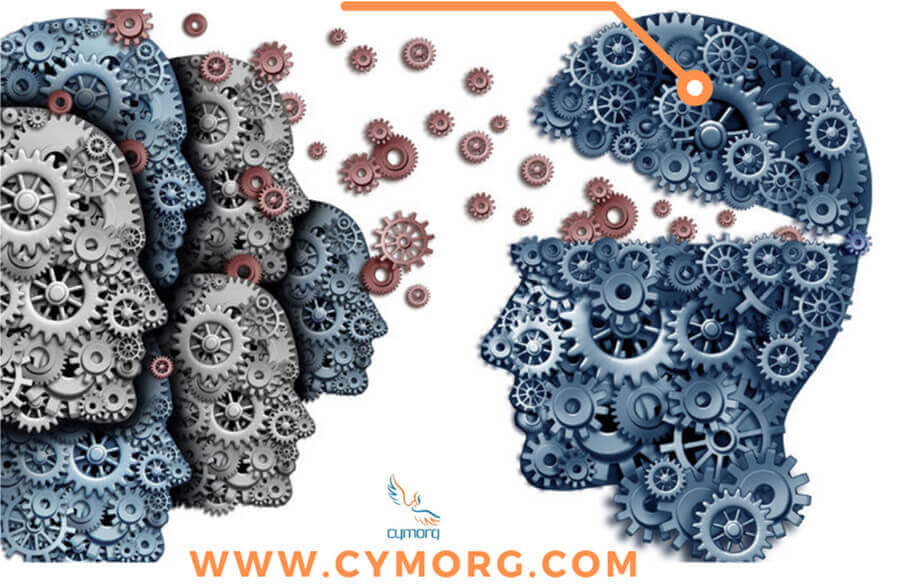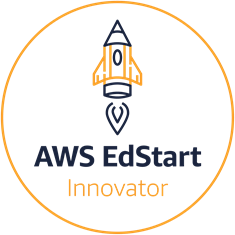-

Organizational Change, Fast and Slow
October 12, 2018By Sriram PadmanabhanIf you have led an organization through a business transformation, you’ll know that structures, systems and processes can easily be changed if everyone is first aligned on the need for a new way of doing things. And yet, this behavioral realignment that underpins the strategic transformation is often the hardest part.
Daniel Kahneman’s “Thinking, Fast and Slow” is not a leadership strategy handbook, but I believe it has insights into why this problem exists and how it may be solved.
The Theory
According to Kahneman, human thought can be thought of as occurring in two distinct modes. He calls them System 1 and System 2. System 1 is “fast”, intuitive, all about establishing causal connections; it weaves narratives, glosses over details, sees the big picture. System 2 kicks in when “slow”, concentrated analytical effort is involved. It examines each detail, looks for evidence at every step, relies on logical inference. Without System 1, we would plod through life counting the leaves on every tree we encounter, but unable to visualize the forest it stands in. Without System 2, we would see connections and patterns everywhere, and a frown on the face of the stranger we bump into would convince us that he evades his taxes, like a distant uncle who had the same expression.
System 1 is the default mode of operations, solving routine problems mechanically, and not examining things too closely. System 2 kicks in only when something really important or unusual is taking place. If System 1 is asked a question that it hasn’t handled before, the correct procedure is for it to escalate to System 2. Occasionally, it errs in judgment: it mistakes a tricky new situation for a familiar old problem that looks superficially similar.
Kahneman says this is what goes on in our head - not just at home, by ourselves, but at our job, in our field of expertise: whenever our judgment is called for.
In Kahnemanian terms, all Leadership Development is a way to get our System 2 involved in deliberately defining the rules for situational judgment, in picking the appropriate rule for the occasion, or in modifying a known one to fit a new situation.
The Problem
Expert judgment under uncertainty involves two kinds of instinct that are indistinguishable from each other:
- The kind that comes from skill and expertise consciously acquired by repeated practice and deliberately applied to new situations, and
- The kind that involves simplistic rules gathered by casual observation and applied without conscious thought
In organizations, I believe a decision-maker’s System 1 gets further reinforced by the System 1’s of her peers, managers, mentors, and other influences. An entire group of people can be lulled into ‘System 1 thinking’ by a sort of echo chamber behavior.
When our System 2 isn’t involved, we tend to struggle in modifying the lessons of the past to fit the problems of the future. Our System 1 just looks for data to corroborate our simplistic understanding of the problem, and such corroboration is easily available when we are part of a group where everyone thinks alike. Everyone’s System 1, fed on a steady diet of Business As Usual, and reinforced by everyone else’s corroboration, is simply not geared to look for reasons to try anything different.
System 1 thinking makes organizational change difficult: even when the change required in behavior is backed by ample data, sound logic and frequent communication.
How do we get a team to snap out of this inertia?
The Solutions
Successful people whose beliefs have been unconsciously collected over many years of personal experience do not respond to figures and logic, Kahneman says. They respond to inspirational stories, anecdotes, causal narratives – ideally, stories they can experience first-hand - with triumph or failure at the end of it.
Strategic transformations fail in the absence of a powerful narrative to replace the Business-As-Usual narratives that have been built and reinforced over time.
One solution is for the organization's leaders to be inspirational story-tellers as well. And if the leaders' charismatic voices can reach and influence everyone whose enthusiastic buy-in is necessary within a short period of time, that is the best solution. Often, however, this is not possible.
Gamified business simulations like Cymorg can be an invaluable aid in building new narratives, in close partnership with the organization's leaders. By simulating the future of the organization and ‘virtually’ situating the employee in this future, Cymorg allows the organization to enact a story with its own employees as protagonists, its own context as backdrop, and with a happy or sad conclusion depending on the employee’s decisions in the game.
The experience helps in two ways. By allowing the participant to explore the consequences of different narratives, Cymorg convinces her of the need for change. And its report breaks down the behavioral change into competencies to be strengthened in each individual, which can then be accomplished by targeted coaching and other measures.
Kahneman’s book has generated copious research in the academic communities of I/O psychology and behavioral economics. I believe the time has come for practitioners – people responsible for running and transforming organizations – to apply the lessons to their organization’s strategies, outcomes and decision-making culture.
We can help.
 Written By
Written BySriram Padmanabhan
President and Founder of Cymorg, a digital Leadership Development solution that combines gamification, data science & business simulations.
Know More












